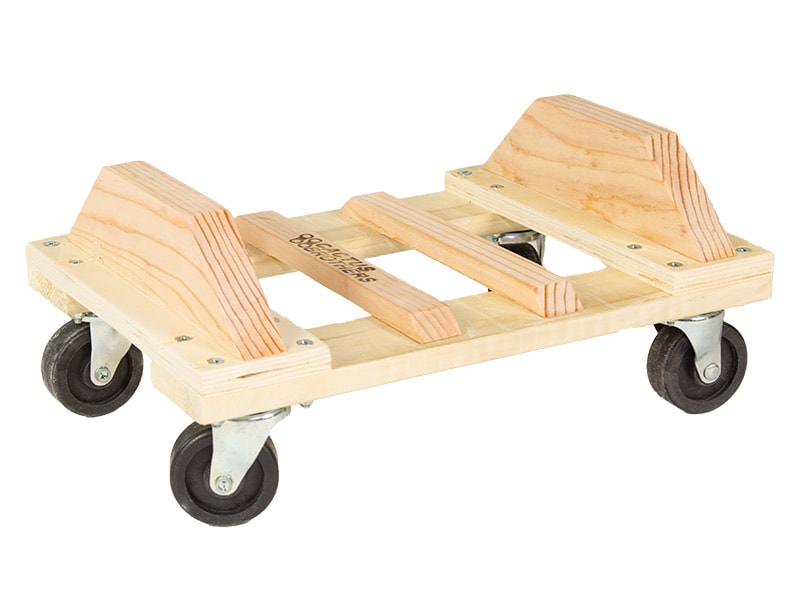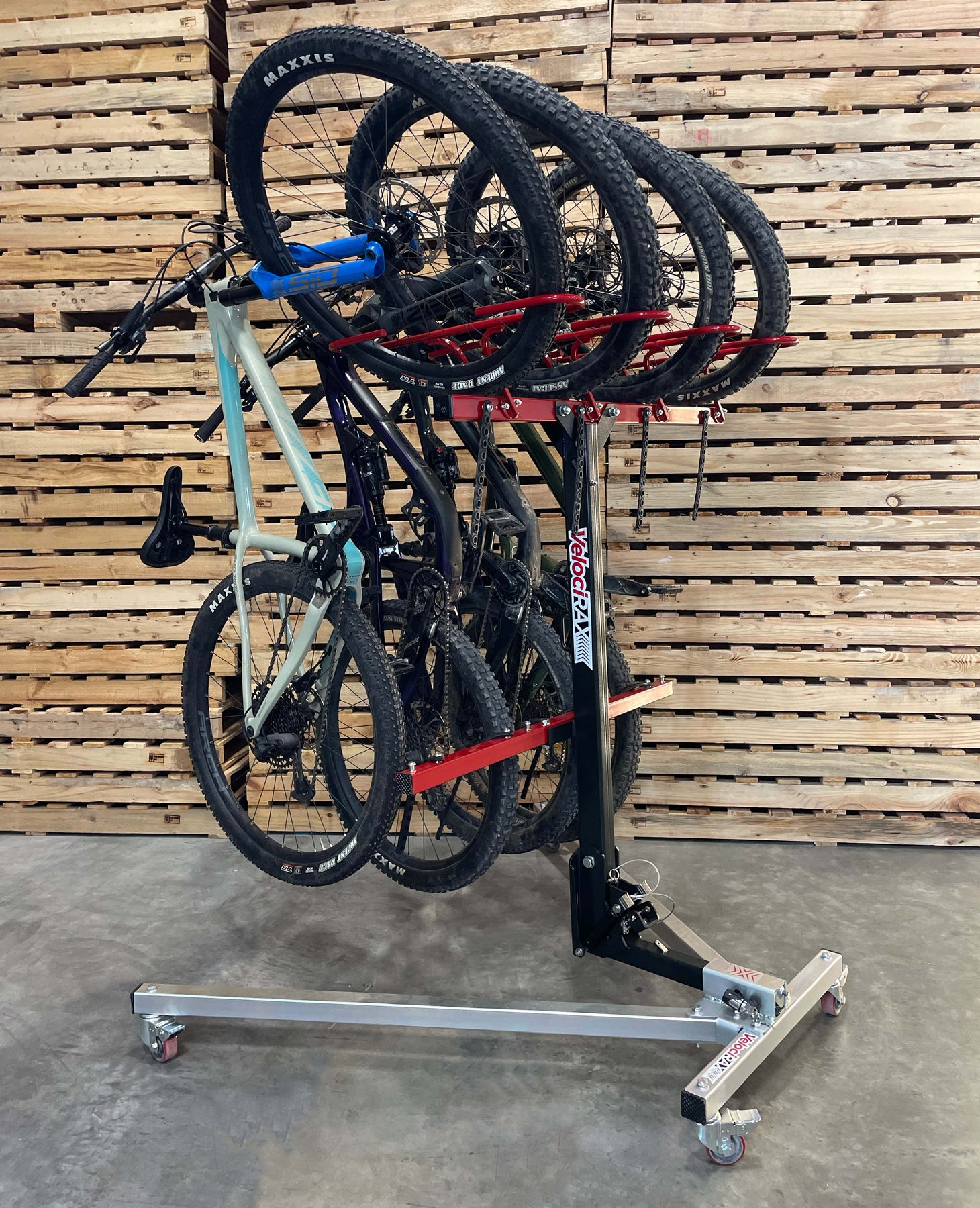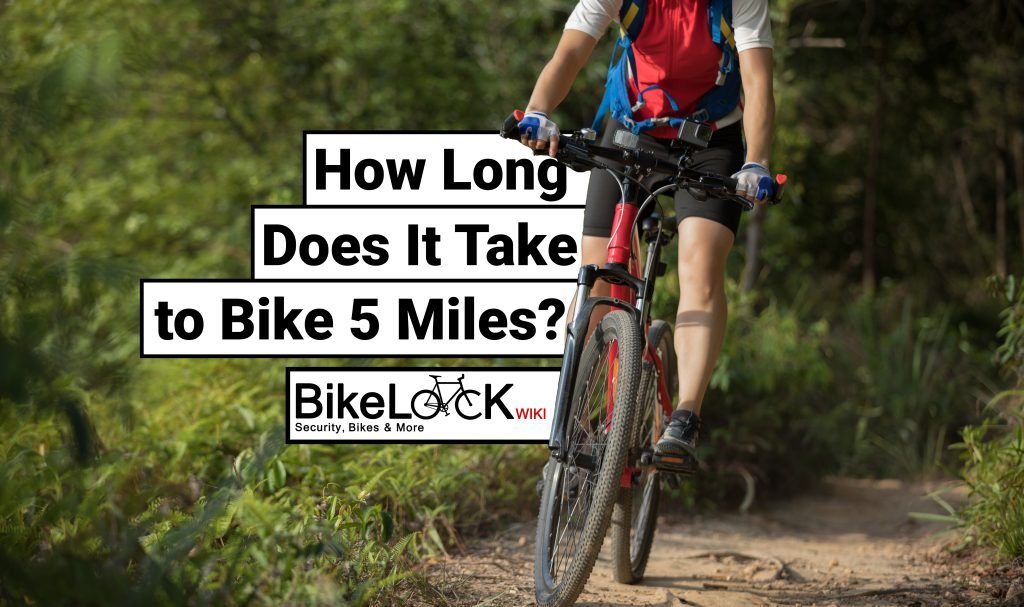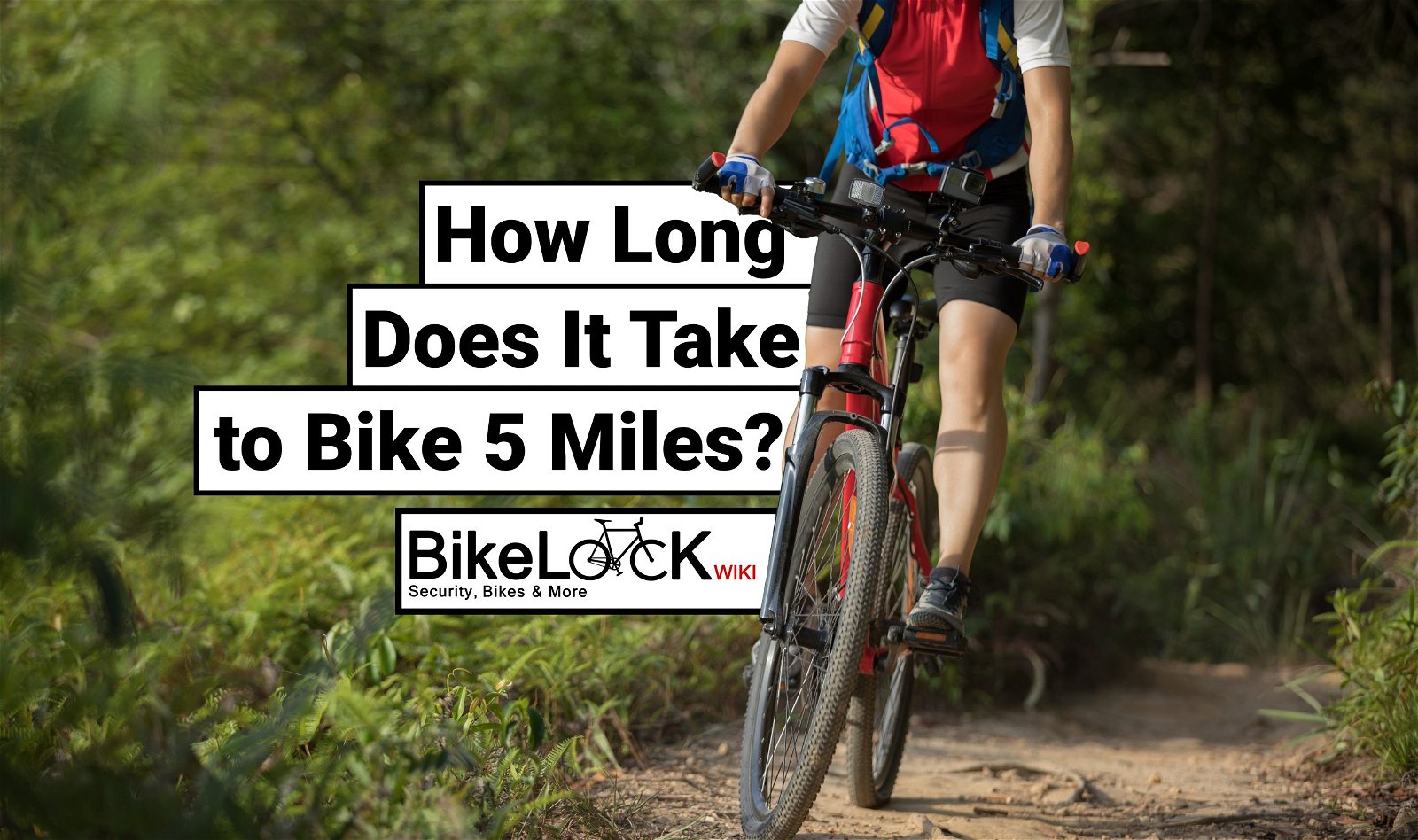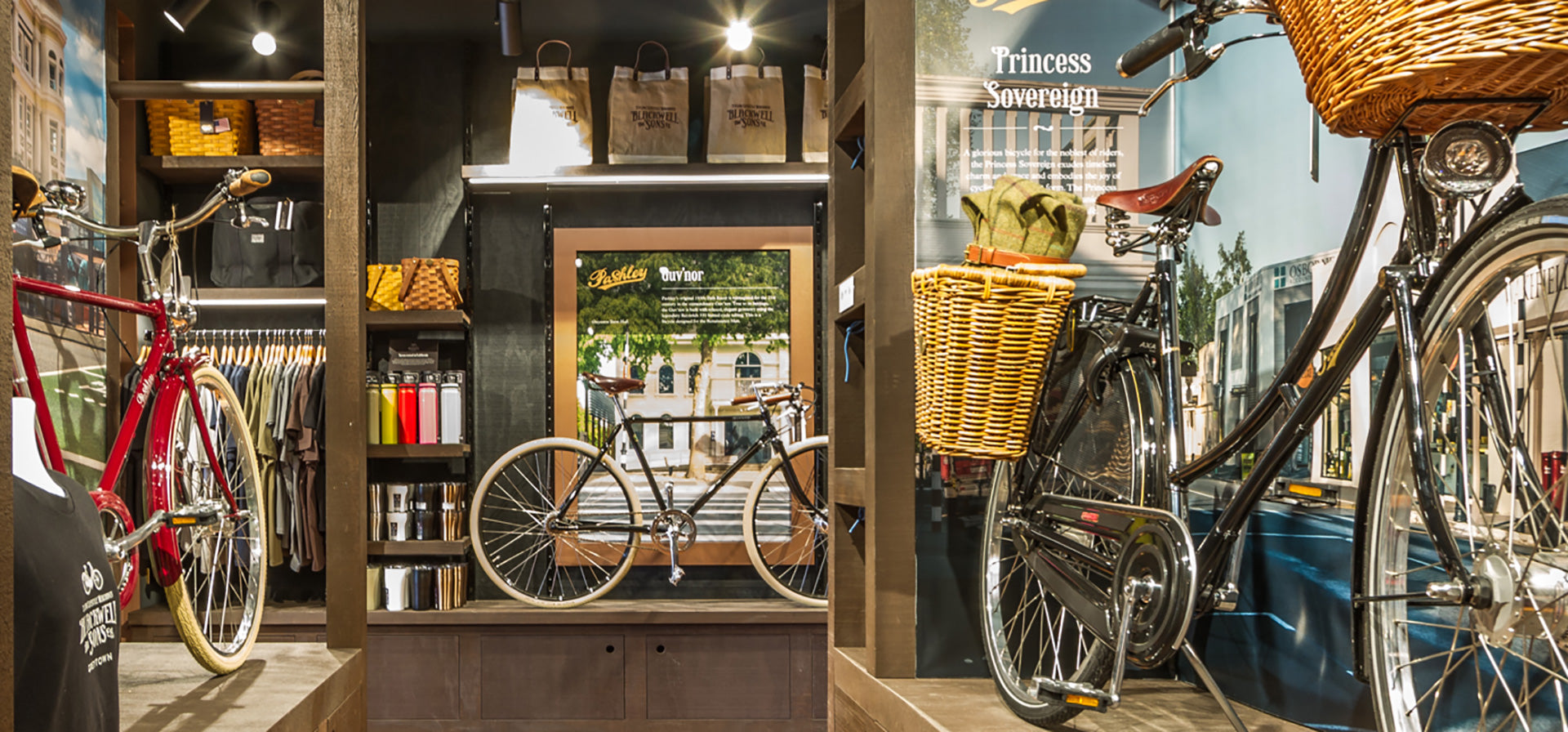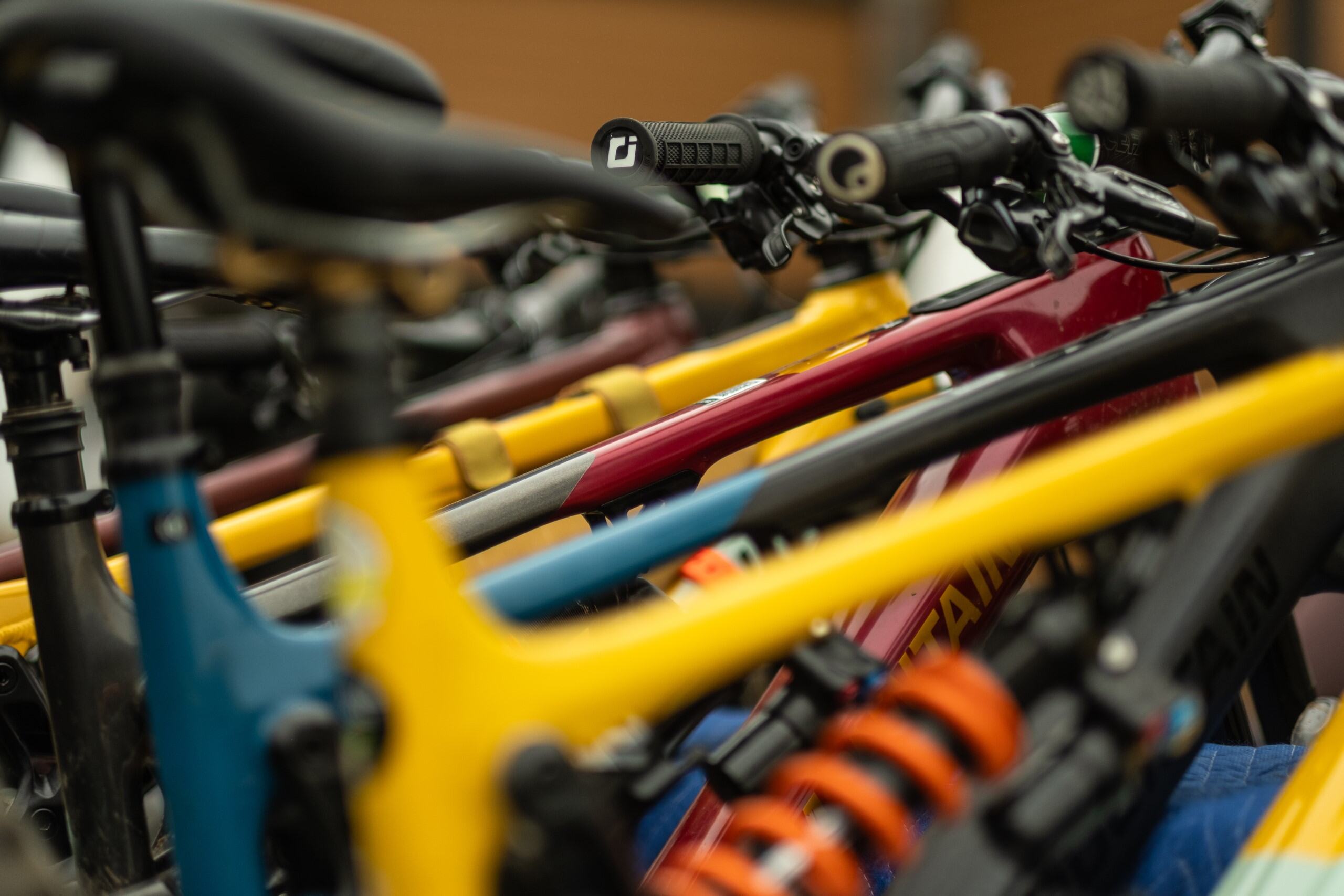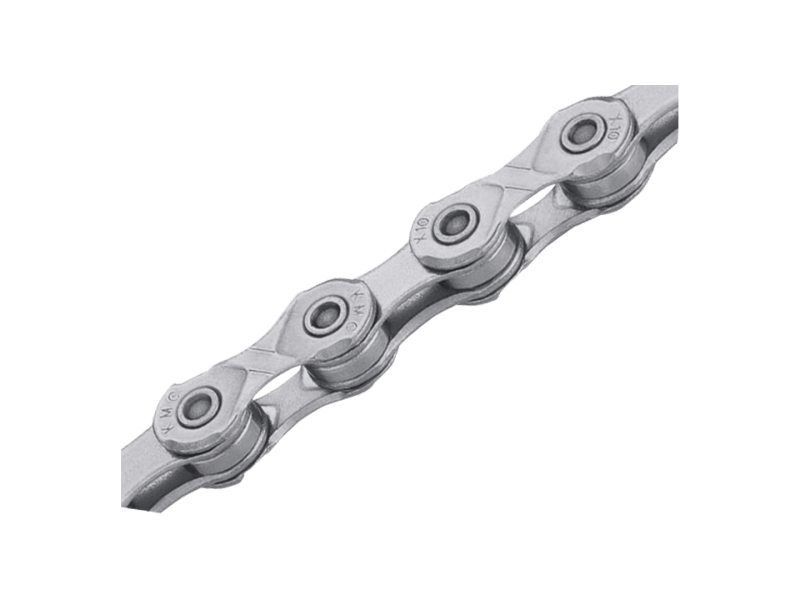The best bicycle trips in Europe include the Danube Cycle Path, the Loire Valley, and the Via Francigena. These routes offer picturesque landscapes and rich cultural experiences.
Cycling through Europe offers an unforgettable adventure filled with stunning scenery and cultural landmarks. The Danube Cycle Path spans from Germany to Hungary, offering a scenic ride along the famous river. The Loire Valley in France is ideal for wine lovers, featuring beautiful vineyards and historic castles.
The Via Francigena, an ancient pilgrimage route, stretches from Canterbury to Rome, providing a mix of natural beauty and historical sites. Each of these routes promises a unique and enriching experience for cyclists of all levels.
Danube Cycle Path
The Danube Cycle Path is one of the most famous cycling routes in Europe. This scenic path follows the Danube River from Germany to Hungary. It offers picturesque landscapes, historic towns, and cultural landmarks. Perfect for both novice and experienced cyclists.
Path Overview
The Danube Cycle Path spans over 1,800 miles. It starts in Donaueschingen, Germany, and ends in Budapest, Hungary. The route is divided into several sections. Each section showcases unique scenery and attractions.
The path is mostly flat and well-marked. It's suitable for families and solo adventurers. You can ride through forests, vineyards, and charming villages. Many parts are car-free, ensuring a safe journey.
Highlights Along The Route
- Passau: Known as the "City of Three Rivers." Offers stunning views where the Danube, Inn, and Ilz rivers meet.
- Vienna: Austria's capital with rich history, magnificent palaces, and vibrant culture.
- Melk Abbey: A magnificent baroque abbey overlooking the Danube. It's one of Austria's most famous sights.
- Wachau Valley: A UNESCO World Heritage site. Famous for its wine, apricot orchards, and medieval castles.
- Bratislava: Slovakia's capital. Offers a blend of old-world charm and modern attractions.
- Budapest: The final destination. Known for its thermal baths, historic sites, and stunning architecture.
| Section | Distance | Notable Attractions |
|---|---|---|
| Donaueschingen to Passau | 370 miles | Black Forest, Bavarian towns |
| Passau to Vienna | 210 miles | Schlögener Schlinge, Linz |
| Vienna to Budapest | 155 miles | Bratislava, Esztergom |
Embark on the Danube Cycle Path for an unforgettable adventure. Discover the heart of Europe on two wheels.

Credit: www.youtube.com
The Netherlands' Tulip Fields
The Netherlands' Tulip Fields offer a mesmerizing experience for bicycle enthusiasts. Imagine pedaling through vibrant rows of blooming tulips, with colors stretching as far as the eye can see. This magical journey is perfect for capturing breathtaking photos and creating unforgettable memories.
Best Time To Visit
The ideal time to visit the tulip fields is from mid-April to early May. During this period, the flowers are in full bloom, displaying a stunning array of colors. The weather is also pleasant, making it perfect for a bike ride.
Key Attractions
The tulip fields near Keukenhof Gardens are a must-see. Known as the Garden of Europe, Keukenhof boasts over 7 million flowers. Another highlight is the Flower Strip (Bollenstreek), which spans 20 miles of breathtaking landscapes.
For a unique experience, visit the historic towns of Lisse and Haarlem. These towns offer charming streets and picturesque views. Don't miss the traditional windmills and the beautiful canals, which add to the region's charm.
| Attraction | Location | Highlights |
|---|---|---|
| Keukenhof Gardens | Lisse | 7 million flowers |
| Flower Strip | Bollenstreek | 20 miles of tulip fields |
| Historic Towns | Lisse, Haarlem | Charming streets, canals, windmills |
- Mid-April to early May is the best time to visit.
- Keukenhof Gardens is a highlight.
- Flower Strip offers 20 miles of tulip fields.
- Historic towns add to the charm.
- Plan your trip between mid-April and early May.
- Visit Keukenhof Gardens for a floral spectacle.
- Bike through the Flower Strip for scenic views.
- Explore historic towns like Lisse and Haarlem.
Loire Valley, France
The Loire Valley in France is a cyclist's dream. It offers scenic routes, historical landmarks, and delicious food. The valley is often called the "Garden of France". Explore lush vineyards, peaceful rivers, and charming villages.
Historical Castles
The Loire Valley is famous for its stunning castles. You'll find over 300 châteaux in this region. Each castle has a unique story. Château de Chambord is the largest and most famous. It has impressive French Renaissance architecture.
Château de Chenonceau is another must-see. It stretches across the River Cher. The castle's beautiful gardens are perfect for a leisurely walk. Château d'Amboise is another gem. It's the final resting place of Leonardo da Vinci.
Plan your trip to visit these historical castles. Each one will transport you back in time.
Local Cuisine Stops
After exploring, refuel with local cuisine. The Loire Valley is known for its delicious food and wine. Local markets are great for fresh produce and regional specialties.
Try rillettes, a type of pork pâté. It's a local favorite. Don't miss Tarte Tatin, a caramelized apple tart. Pair it with a glass of local wine. The region is famous for its Chenin Blanc and Cabernet Franc wines.
Many villages have cozy bistros. Enjoy a meal and soak in the local atmosphere.
| Castle | Feature |
|---|---|
| Château de Chambord | Largest, French Renaissance architecture |
| Château de Chenonceau | Spans River Cher, beautiful gardens |
| Château d'Amboise | Leonardo da Vinci's resting place |
- Rillettes: Pork pâté, local favorite.
- Tarte Tatin: Caramelized apple tart.
- Chenin Blanc: Popular local wine.
- Cabernet Franc: Another well-known wine.
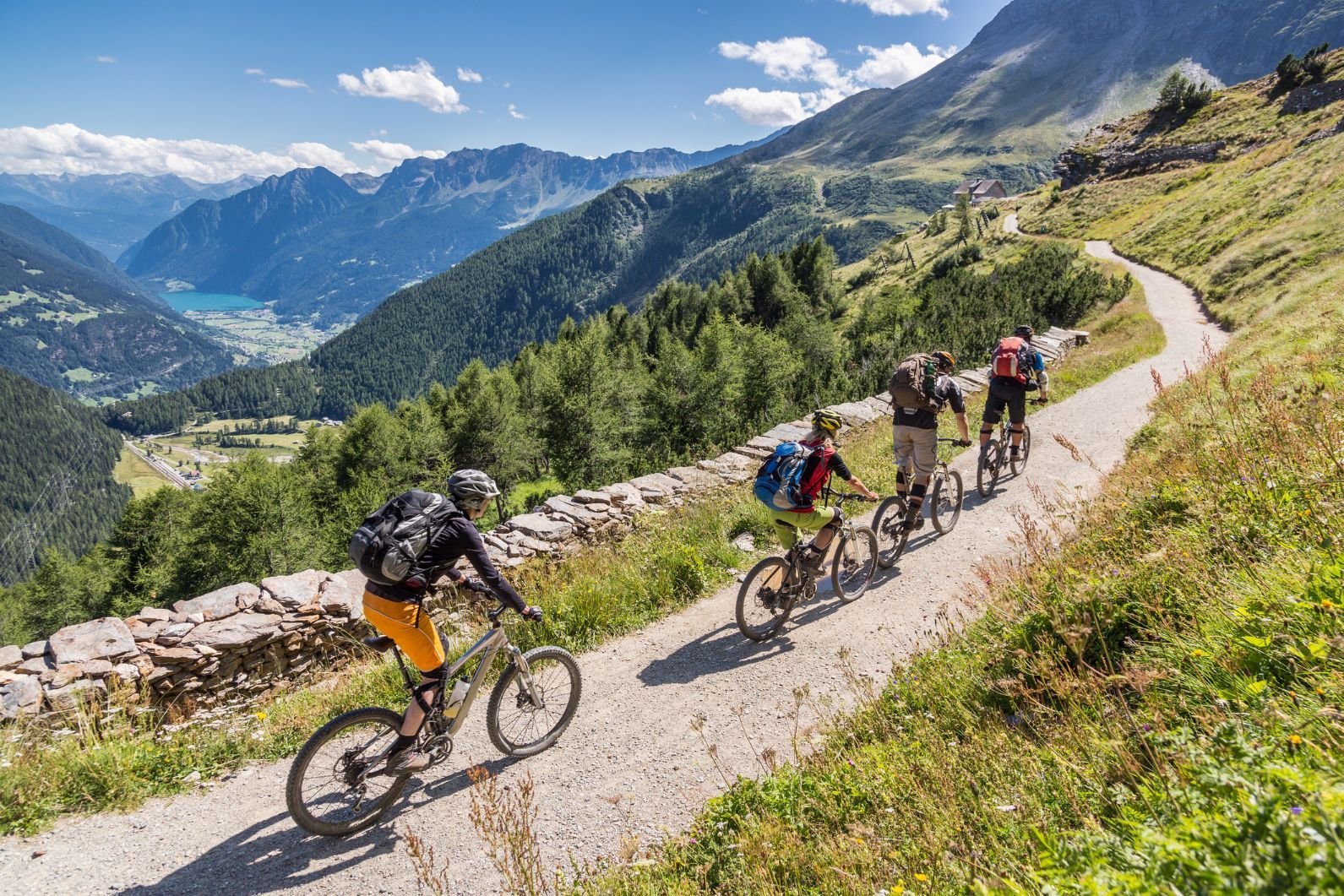
Credit: www.muchbetteradventures.com
Tuscany, Italy
Tuscany is a dream destination for cycling enthusiasts. This region offers stunning landscapes and rich cultural heritage. Riding through Tuscany, you will discover rolling hills, historic towns, and endless vineyards.
Scenic Vineyards
Tuscany is famous for its picturesque vineyards. These vineyards produce some of the world's best wines. Cyclists can enjoy miles of scenic routes through these lush landscapes.
The best time to visit is during the grape harvest season. You can witness the vibrant activity of winemaking. Many vineyards offer guided tours and wine tasting. This makes your cycling trip even more enjoyable.
Here is a list of some famous vineyards you can visit:
- Chianti
- Montepulciano
- Montalcino
Charming Villages
Tuscany is dotted with charming villages. Each village has its unique character and history. These villages offer a perfect break for cyclists. You can explore cobblestone streets, ancient churches, and local markets.
Some must-visit villages include:
- San Gimignano - Known for its medieval towers.
- Volterra - Famous for its Etruscan heritage.
- Pienza - A UNESCO World Heritage site.
These villages provide a glimpse into the heart of Tuscany. You can taste local cuisine and meet friendly locals. Each village has its unique charm and offers a different experience.
Here is a simple table highlighting the key attractions in these villages:
| Village | Attraction |
|---|---|
| San Gimignano | Medieval Towers |
| Volterra | Etruscan Heritage |
| Pienza | UNESCO World Heritage Site |
Exploring these villages by bicycle is a delightful experience. Each turn reveals a new and breathtaking view.
The Baltic Sea Cycle Route
The Baltic Sea Cycle Route is a dream for any cyclist. This scenic route stretches through nine countries around the Baltic Sea. Cyclists can enjoy breathtaking views, rich cultures, and many adventures.
Coastal Views
The route offers stunning coastal views that will leave you speechless. You can see sandy beaches, rugged cliffs, and serene harbors. Each turn on the path reveals a new, beautiful sight. The sea's blue waters provide a peaceful backdrop for your journey.
Imagine cycling along the coast and feeling the fresh sea breeze. The sound of waves crashing against the shore is soothing. You will pass through charming seaside villages, each with its own unique charm.
Cultural Experiences
The Baltic Sea Cycle Route is rich in cultural experiences. Every country on the route has its own unique traditions and history. You can visit ancient castles, historic towns, and vibrant cities. Each place tells a story of its past and present.
Here are some highlights:
- Denmark: Explore Copenhagen's colorful Nyhavn harbor.
- Germany: Visit Lübeck, a UNESCO World Heritage site.
- Poland: Discover Gdańsk's medieval architecture.
- Lithuania: See the Hill of Crosses near Šiauliai.
- Latvia: Wander through Riga's charming old town.
- Estonia: Experience Tallinn's blend of modern and medieval.
- Russia: Marvel at St. Petersburg's imperial palaces.
- Finland: Enjoy Helsinki's design district.
- Sweden: Bike through the scenic streets of Stockholm.
Sampling local foods is another highlight. Try Danish pastries, German sausages, and Baltic seafood. Each meal is a taste of the region's culture.
Whether you're a history buff or a foodie, the Baltic Sea Cycle Route offers something for everyone.
Ruta Del Cid, Spain
The Ruta del Cid in Spain is an amazing bicycle trip. This route follows the legendary path of El Cid, a Spanish hero. The trail offers a mix of history, culture, and nature.
Historical Significance
The Ruta del Cid has deep historical roots. It traces the journey of El Cid, a medieval knight. This hero fought in the 11th century. Cyclists will pass through old castles and ancient towns. Each site tells a story from Spain's past.
You can visit the famous city of Burgos. Here, El Cid's legacy is very much alive. The route also goes through Valencia, where El Cid fought many battles. History lovers will find this trip very rewarding.
Landscape Diversity
The Ruta del Cid showcases Spain's diverse landscapes. Cyclists will ride through lush forests and vast plains. The route also includes mountains and rivers. Each segment offers a different scenic view.
The journey starts in the rugged hills of Castile. It then moves to the fertile lands of Aragon. Finally, it reaches the Mediterranean coast. Each area has its unique beauty and charm.
The diversity makes this trip exciting. You will experience different climates and terrains. This variety keeps the ride interesting and enjoyable.
| Region | Highlights |
|---|---|
| Castile | Rolling hills and ancient castles |
| Aragon | Fertile valleys and historic towns |
| Valencia | Coastal views and warm climate |
Whether you love history or nature, the Ruta del Cid offers both. This bicycle trip is a perfect blend of the past and the present.
Tips For A Successful Trip
Embarking on a bicycle trip in Europe is an incredible adventure. To ensure an enjoyable experience, it's important to prepare. These tips will help you have a successful and memorable journey.
Packing Essentials
Having the right gear can make or break your trip. Here are some packing essentials you should consider:
- Comfortable clothing
- Weather-appropriate gear
- Helmet and gloves
- Water bottles
- Basic first-aid kit
- Multi-tool for bike repairs
- Maps or GPS device
- Snacks and energy bars
Make sure your clothing is breathable and suitable for various weather conditions. A helmet and gloves are crucial for safety and comfort.
Safety Measures
Safety is paramount when cycling through Europe. Follow these tips for a safe journey:
- Always wear your helmet.
- Follow local traffic rules.
- Stay visible with bright clothing.
- Use lights and reflectors at night.
- Keep your bike in good condition.
- Plan your route in advance.
- Carry a charged phone for emergencies.
Adhering to local traffic rules can prevent accidents. Bright clothing helps drivers see you better, especially at night. Regularly check your bike to ensure it is in good working order.

Credit: www.europeanbestdestinations.com
Frequently Asked Questions
What Are The Best Cycling Routes In Europe?
Europe offers amazing cycling routes like the Danube Cycle Path, the Loire Valley, and the EuroVelo 6.
Which European Country Is Best For Biking?
The Netherlands is ideal for biking with its extensive network of cycling paths and bike-friendly culture.
How Long Are Typical European Bike Trips?
Typical European bike trips range from a few days to several weeks, depending on the route and your pace.
Is It Safe To Cycle In Europe?
Yes, cycling in Europe is generally safe. Many countries have dedicated bike lanes and follow strict traffic laws.
Conclusion
Embark on a European bicycle trip for unforgettable experiences. Discover scenic routes, historic landmarks, and diverse cultures. Plan your journey and enjoy the freedom of cycling through Europe. Whether you're a novice or an expert, there's a perfect trail waiting.
Start pedaling and create lifelong memories on Europe's best bicycle trips.
